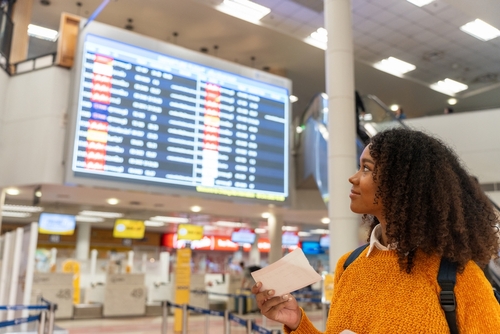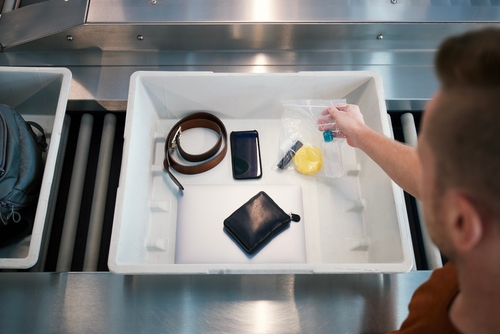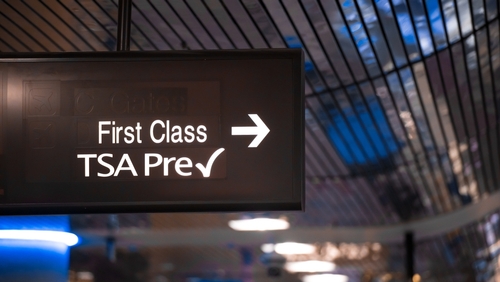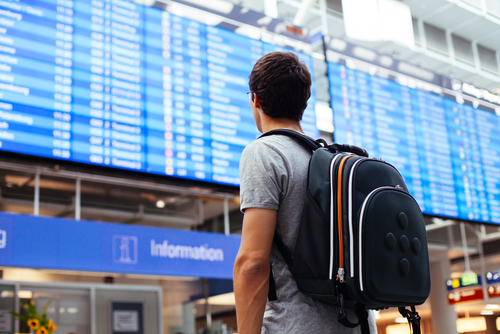If you’ve scrolled through TikTok or Instagram lately, you’ve likely heard whispers of the “15-Minute Airport Theory.” It’s a bold idea: what if everything we’ve been told about arriving 2–3 hours before a flight is…wrong?
This viral travel concept questions the traditional airport experience and proposes a radical alternative: what if you only need 15 minutes to make it to your gate and board your flight? But is it a brilliant time-saving strategy, or a gamble that’s bound to fail?
What Is the 15-Minute Airport Theory?
At its core, the 15-Minute Airport Theory suggests that, under the right conditions, you can arrive at the airport just 15 minutes before your flight departs and still make it onboard. It pushes back on what many see as outdated, inefficient travel norms.
This theory relies on a few key assumptions:
- You don’t check a bag
- You have mobile check-in completed
- You use TSA PreCheck or a fast-track security lane
- You know your terminal layout well
- There are no delays, crowds, or disruptions
It’s not about being reckless. It’s about questioning whether airport systems have evolved enough to support a more efficient experience, especially for frequent flyers and domestic travelers. 
Why Travelers Are Rethinking Airport Timing
The traditional guideline of “arrive 2 hours early for domestic flights, 3 for international” was developed decades ago, long before mobile boarding passes, biometric check-ins, and security queue trackers.
Today, the travel experience is more digitized than ever:
- Apps show TSA wait times in real-time
- Most airlines allow fully contactless check-in
- Airport layouts are better optimized for faster transit
- Travelers are more experienced and self-sufficient
For some, spending extra hours in a terminal feels unnecessary. The 15-minute theory speaks to a growing demand for efficiency, minimalism, and time freedom.
When the Airport Theory Falls Apart
While it sounds liberating, the 15-minute strategy hinges on precision, and a lot of luck. Here’s why it often fails:
1. Security Can Be Unpredictable
TSA wait times vary wildly depending on time of day, location, and staffing. A quiet Tuesday morning could mean 5 minutes in line. A busy Friday evening could mean 45.
2. Boarding Cutoffs Are Strict
Most U.S. airlines close the boarding door 10–15 minutes before departure, and if you’re not at the gate, they will leave without you.
3. Bag Drop Has Early Deadlines
Even carry-on-only travelers can get delayed if gate agents close early or reassign boarding groups. Checked bags? Forget it—bag drop deadlines are typically 45–60 minutes pre-departure.
4. Airports Are Not Built Equally
Small regional airports might make this theory more feasible. But large, high-traffic hubs like JFK, Heathrow, or Frankfurt? A 15-minute plan would be nearly impossible.
5. Unexpected Delays Happen
Traffic jams, security reroutes, full security bins, malfunctioning boarding pass scanners—these small hiccups can become major blockers when you’re on a tight clock.

When the 15-Minute Theory Might Actually Work
This concept isn’t all smoke. It could work under very specific circumstances:
| Scenario | Likelihood of Success |
|---|---|
| Small airport, midweek morning flight, no luggage, PreCheck | High |
| Domestic flight from familiar airport, low traffic time | Medium |
| Major hub, checked luggage, peak holiday travel | Low |
It’s more a thought experiment than a blueprint—an invitation to question how much buffer time you actually need, based on your route, habits, and risk tolerance.
Alternatives to Shaving It Too Close
Rather than banking on the 15-minute miracle, try these efficiency-boosting strategies:
- Use TSA PreCheck, CLEAR, or Global Entry for faster security access.
- Pack carry-on only and pre-fill your liquids bag to avoid re-sorting.
- Use real-time TSA wait time trackers (via MyTSA or airline apps).
- Aim for off-peak flight times (Tuesday, Wednesday, early morning).
- Know your terminal layout in advance to avoid surprises.
You may not cut it down to 15 minutes—but you’ll reclaim time and reduce stress without gambling your whole itinerary.

Final Thoughts: A Useful Myth?
The 15-Minute Airport Theory isn’t about actually encouraging travelers to cut things that close. Instead, it exposes how much waste, inefficiency, and friction still exist in modern air travel. For some, it’s a playful experiment. For others, it’s a cautionary tale.
Either way, it’s prompting real conversations: Do we really need to arrive hours early every time? Or are we simply following old habits?
